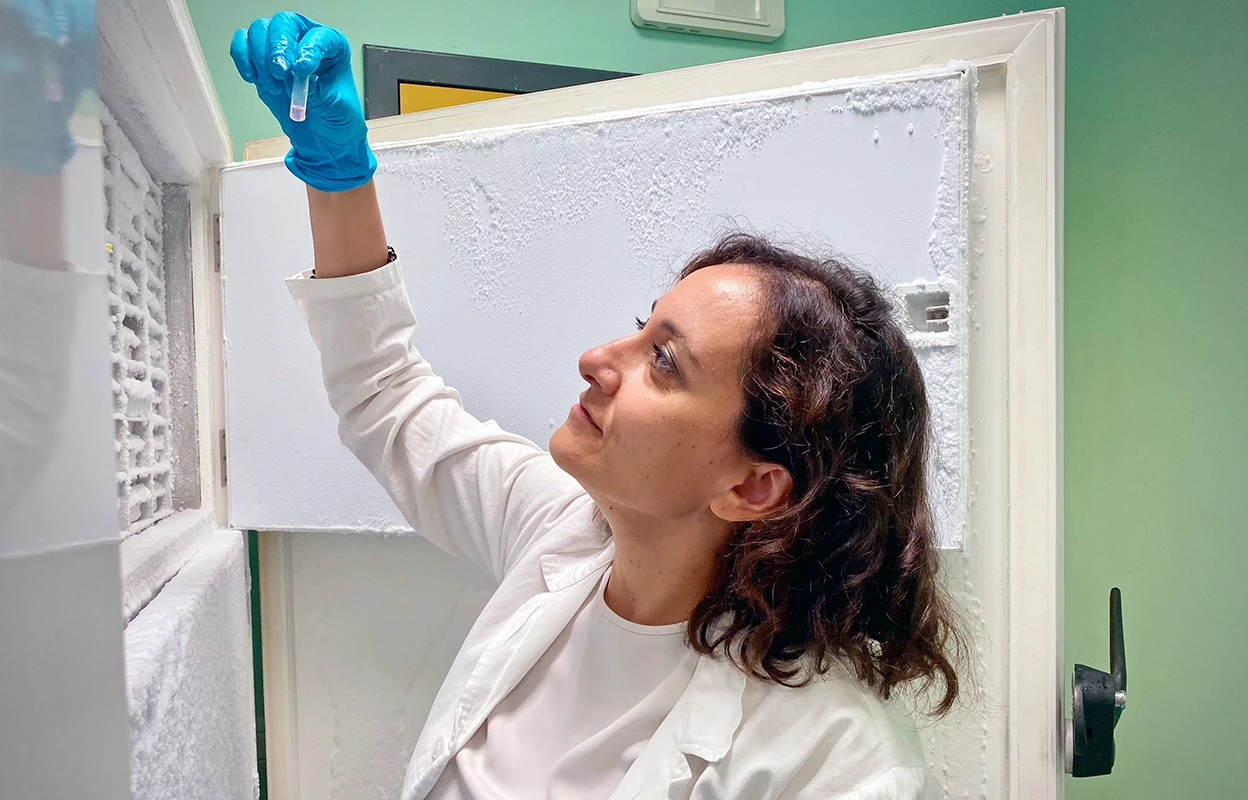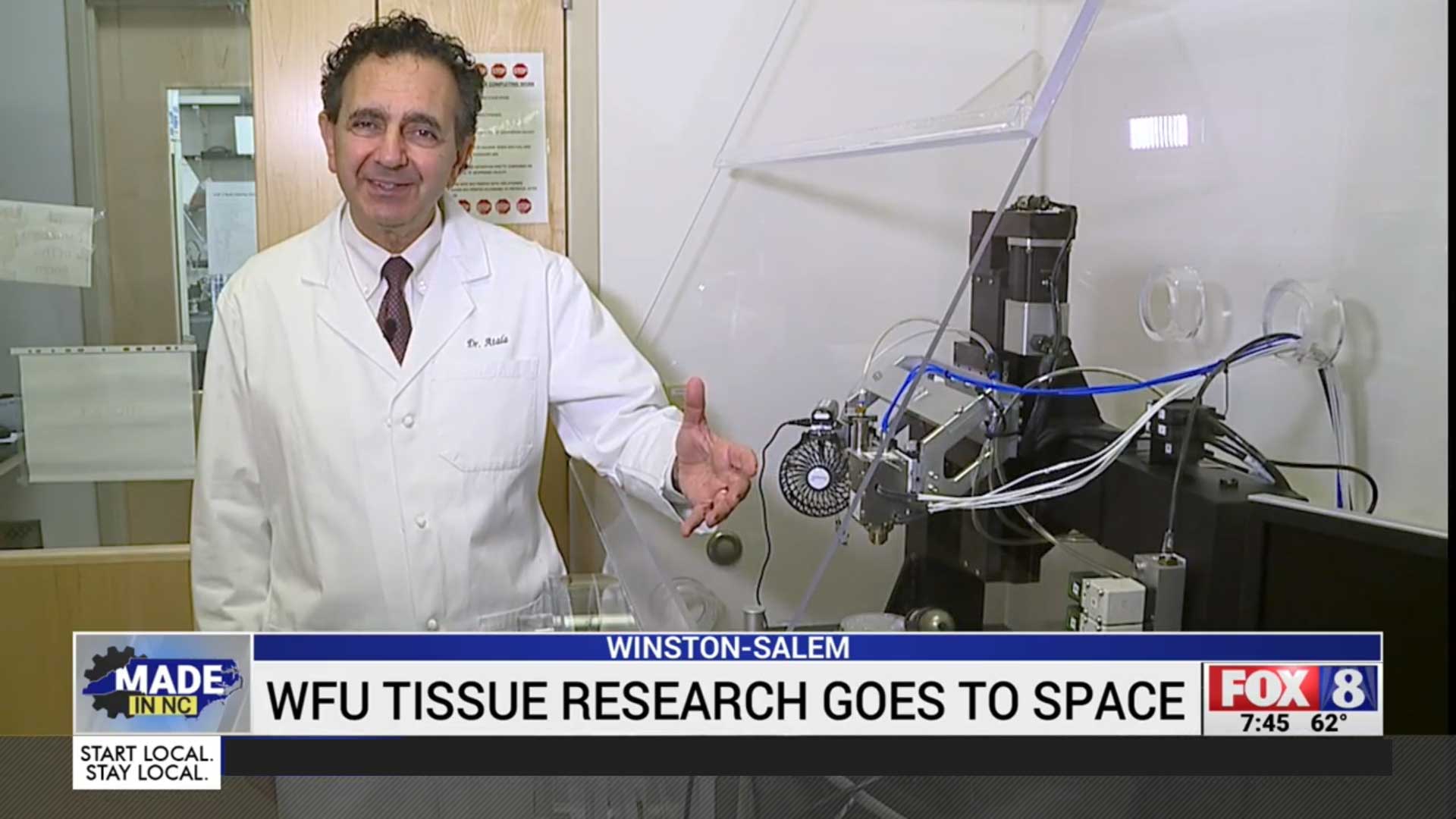by Nature Italy
By studying how hematopoietic stem cells respond to age and damage, Raffaella di Micco aims to anticipate the long-term effects of some gene therapies.
This is a scene from my daily routine in my lab in Milan where we study hematopoietic stem cells, from which all types of blood cells originate. We take these cells from donated umbilical cords, healthy stem cells donors, or leukemia patients. We keep them in vitro, and we modify them to study what happens when they age and are exposed to stress.
Blood stem cells are particularly intriguing. They are more powerful than other adult stem cells, such as muscle or brain ones, because they have a very high turnover, can regenerate quickly and guarantee all different cell lines. Because of this ability to continuously differentiate and self-renew, they must have unique repair and stability mechanisms. But there are many unanswered questions. How do these cells ensure that their DNA remains stable, while doing so many different things? What are their checkpoints, their quality control mechanisms? And are some of their features shared with other stem cell types?




